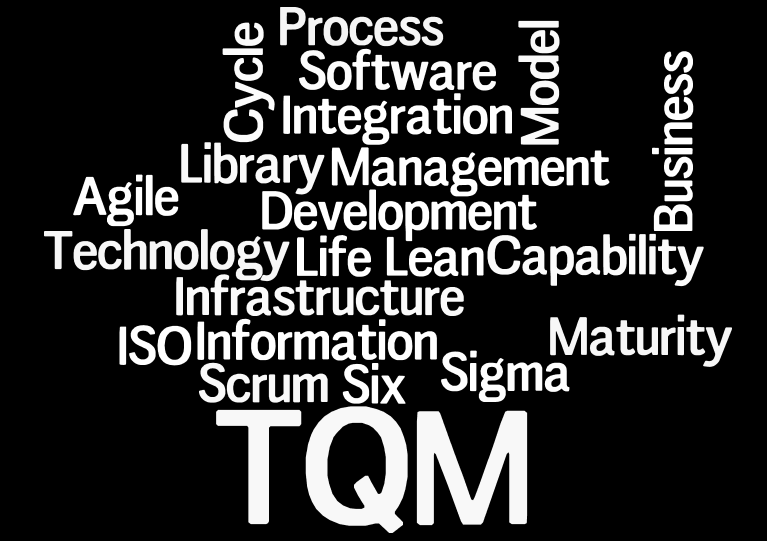Home
TQM Google Trends
Where is the Total Quality Management industry heading? Based on Google trends, ITIL is leading the way with increasing Agile Software Development and Lean Six Sigma following. These dynamically differing capabilities can synergistically complement one another achieving total quality management.

The Google Trending reports are a powerful tool which can show what frameworks and methodologies are leading the pack throughout global industries. For total quality management (TQM), multiple capabilities have been battling within manufacturing for a long time, i.e., Lean, Six Sigma, ISO9000, etc. With the information technology field replacing traditional people resources with automation, this has built an increased dependency on IT in enterprise functions. Now software development, Agile Scrum, and foundation support systems, ITIL Framework, have become dominant in the internet queries from public interest.
Based on a Google Trend report, currently, ITIL 2011 framework is in the lead, which goes by another title, IT Service Management (ITSM). ITSM's primary goal is normalization of terminology and foundational IT infrastructure standards. For example, large enterprises have begun targeting cost reductions driven with economy of scale growth via Enterprise Data Warehousing, a.k.a., cloud, efforts. With technology at this magnitude, quality control and monitoring capabilities are critical to maintaining effective risk mitigation. Additionally, continuous improvement is core to ITSM. With IT business process re-engineering transformational change, normalization is first being established, and continuous improvement follows to support sustainability. Considering the ever increasingly shortened life cycles of business service lines, applying SWOT analysis aligned with support oversight for maturation is beneficial.
How can all of these methodologies and framework interconnect within the enterprise to deal with redundancy and increased complexity like multiple cultures and languages interacting? I believe the key is strategic planning within management applying a lite mixture of concepts with specialist(s) involvement to determine simplified operational model to follow and an integration team for change stabilization. From my experience working in two very large enterprises, one being bottom-up driven with capitalistic dominate ideas leading and the other a top-down traditional autocratic leadership directing all staff, each of these polar cultures have strengths and weaknesses. As engineers often say, it depends; balance or mutual inclusivity helps characterize a plan that best satisfies the key stakeholders while also satisfying the customer. I believe the best approach is for each concept to be applied strategically with simple model training at the operational levels, however stakeholders and management needs to be 100% on-board for framework integration and methodology adoption. Without motivation, the followers will generally begin disregarding the efforts. Everyone must be supportive and want to take part in the transformational effort to promote acceptance and maturation.
